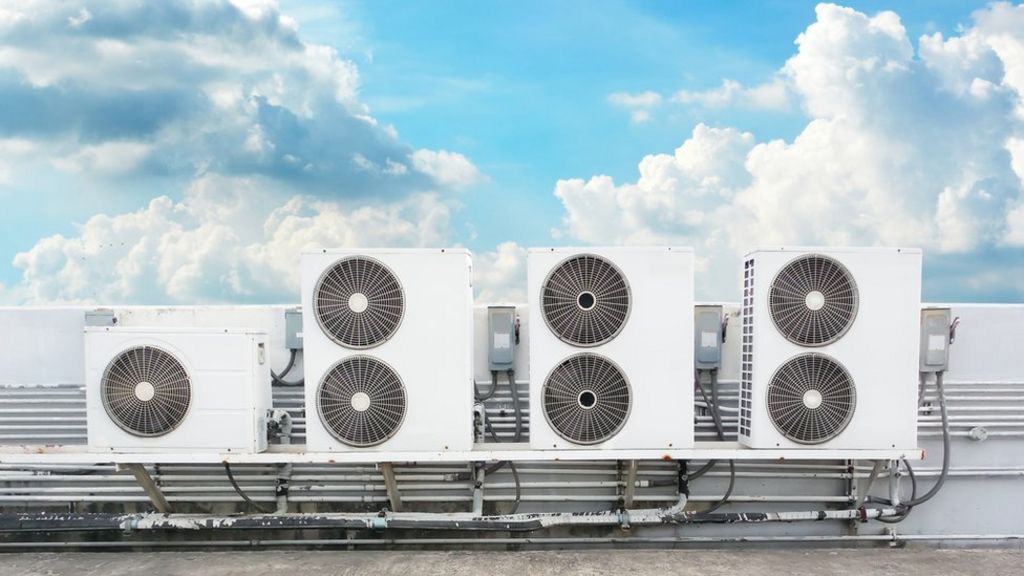Air conditioning is an invention that we have all grown to love. Whether its in our cars, homes or office buildings, it allows us the freedom to go through our lives without feeling the intense heat indoors. Your Denver commercial heating and cooling company helps control indoor temperatures with air conditioning, but how did people stay cool in the summer before air conditioning? Find out below:

5 Ways Homes Kept Cool Before Air-Conditioning
The modern home air conditioner was invented in the 1920’s, but it didn’t become a common fixture in the home until the late 20th century. As most of us know, people used a few tricks to keep their homes cool before air conditioning! Here’s how they (and some of us!) did it…
They Bathed in the Tub and Kept the Ice Chest Full
Who remembers taking cold baths in the big metal tub? We certainly do! Not only did this help keep the house cool by avoiding the need to have to heat the bathwater, but the cold tub would actually help to cool the air in the room. And if a family was lucky enough to have an ice chest, they would keep that thing stocked in the basement and it would create a base of cool air that could drift up through the house.
They Created a Natural Breezeway By Opening Certain Windows
In the north, homeowners survived the summer by opening the windows in the basement and on the top floor. This would generally create a siphon-effect that kept air flowing through the house. And when electric fans came on the market, people would accentuate this by having an inflow downstairs and outflow upstairs! (Some people were even known to set a large block of ice in front of one of the fans!). Some homes also installed transoms over the main doors. These small windows (example below) were known as “fanlights” because they functioned like a fan on hot days.
They Opened the Tops of Windows in Daytime, Bottoms at Night
Many of the famous historic homes of the south were built with very large, tall windows on the first floor, as seen in the 1940’s photo below. These had a top and bottom opening. During the heat of the day, the top was opened to let the heat out, and as the temperature turned, the bottom was opened to let the cool air in. These windows typically had large, thick drapes that could be drawn to further keep the heat out while not restricting light.
They Built and Spent Lots of Time on Long, Covered Porches
Porches are certainly made for sitting and rocking, but they also had a second purpose – the porch roof would protect the first floor from direct sunlight and cool the air that would come in through the windows. This is why you often see full wrap-around or very long porches in houses in the south. Many even went so far as to have part of the porch screened off as a “sleeping porch” for the very hot days. There was nothing better than throwing a cool sheet over the bench or swing and taking an afternoon nap on the porch…
They Built Tall Ceilings and Thick Walls
For the people who could spend a bit more money, tall ceilings thick brick walls were used in building to insulate the homes and keep them cool. In many of the early and mid-1800’s homes, you’ll regularly find walls that are 12-24 inches thick. This blocked the heat from getting in during the day and then provided some warmth in the evening chill set in. This 1865 photo of an upper class Victorian home shows 12 foot ceilings and deep windowsills, which indicates thick, brick walls.





